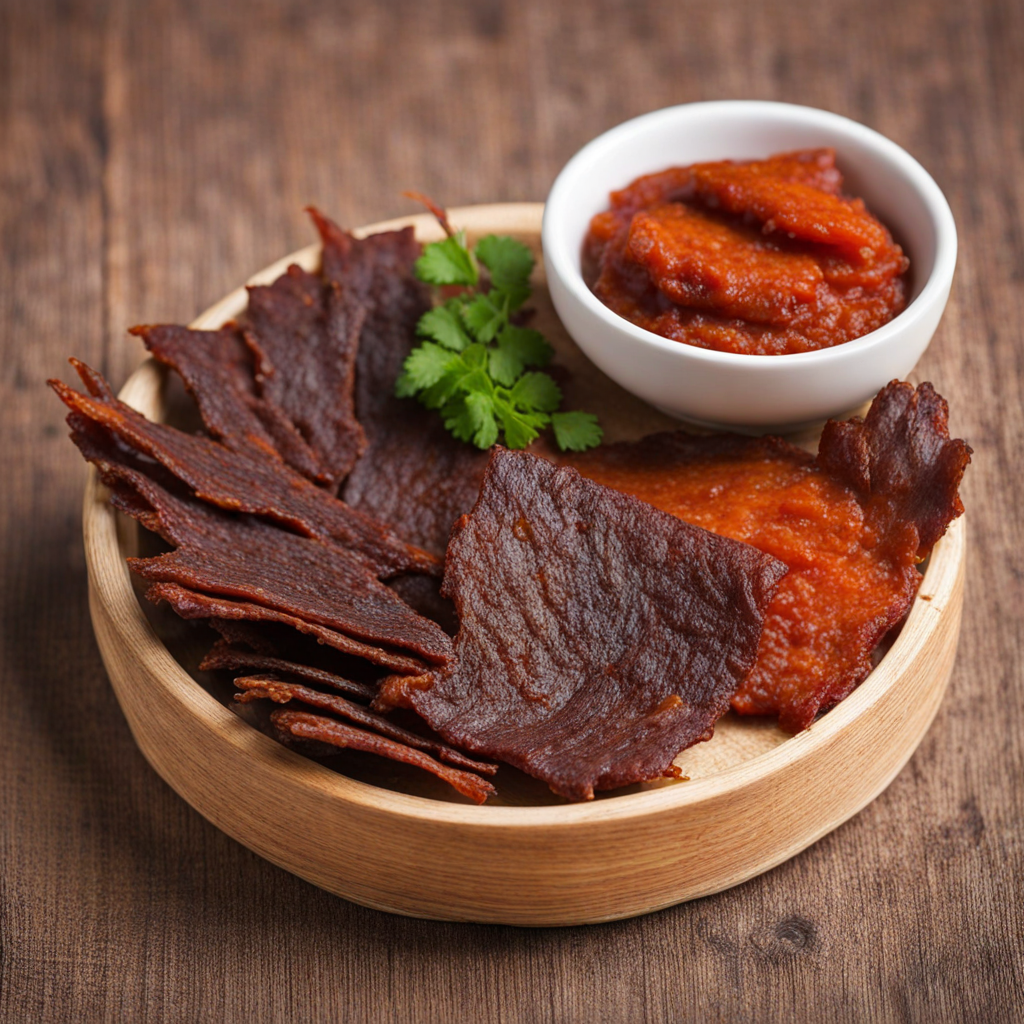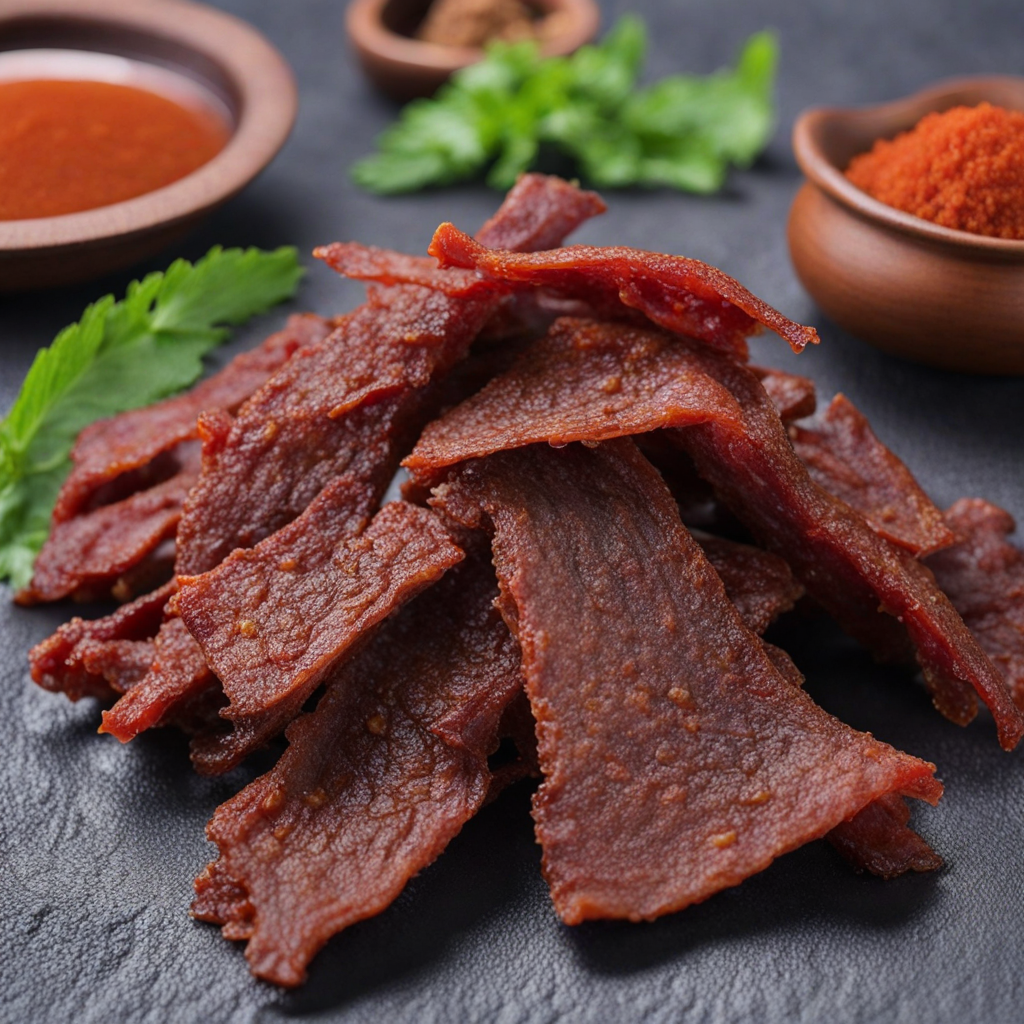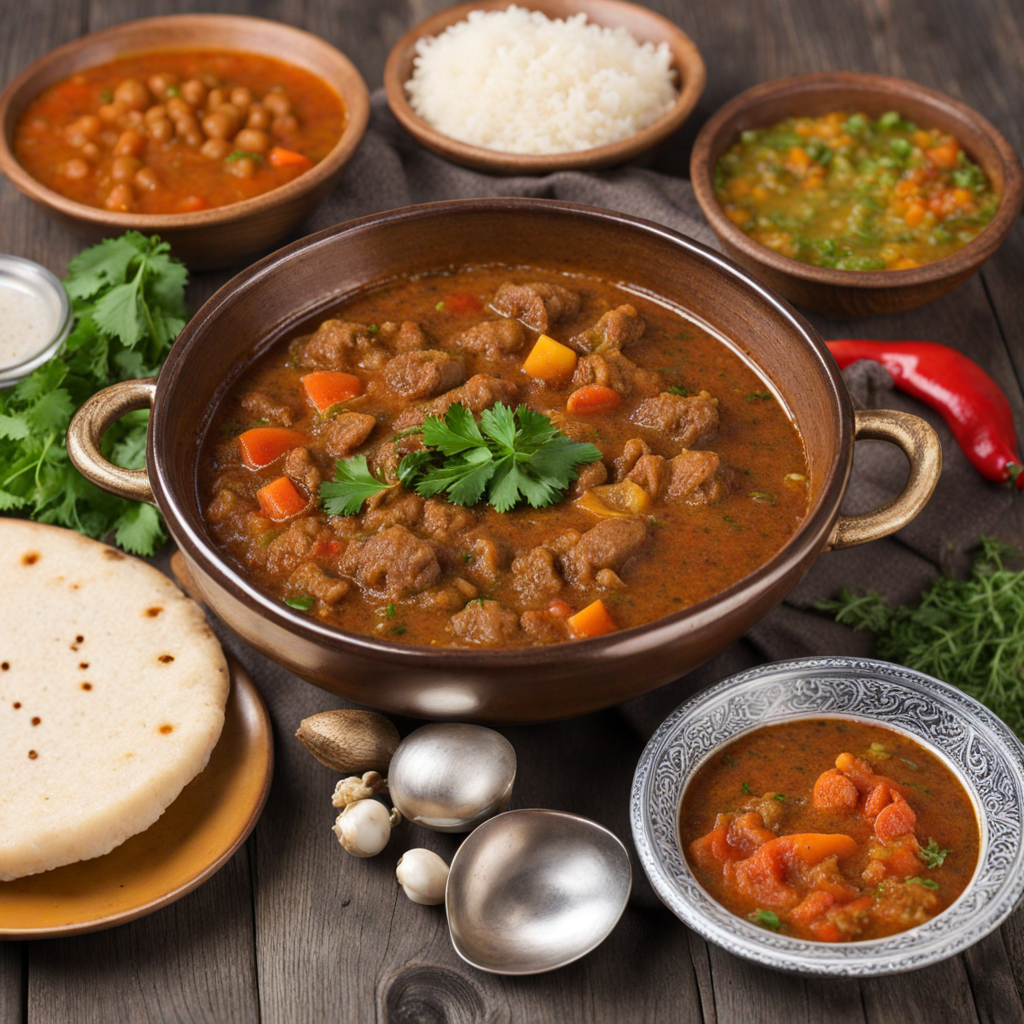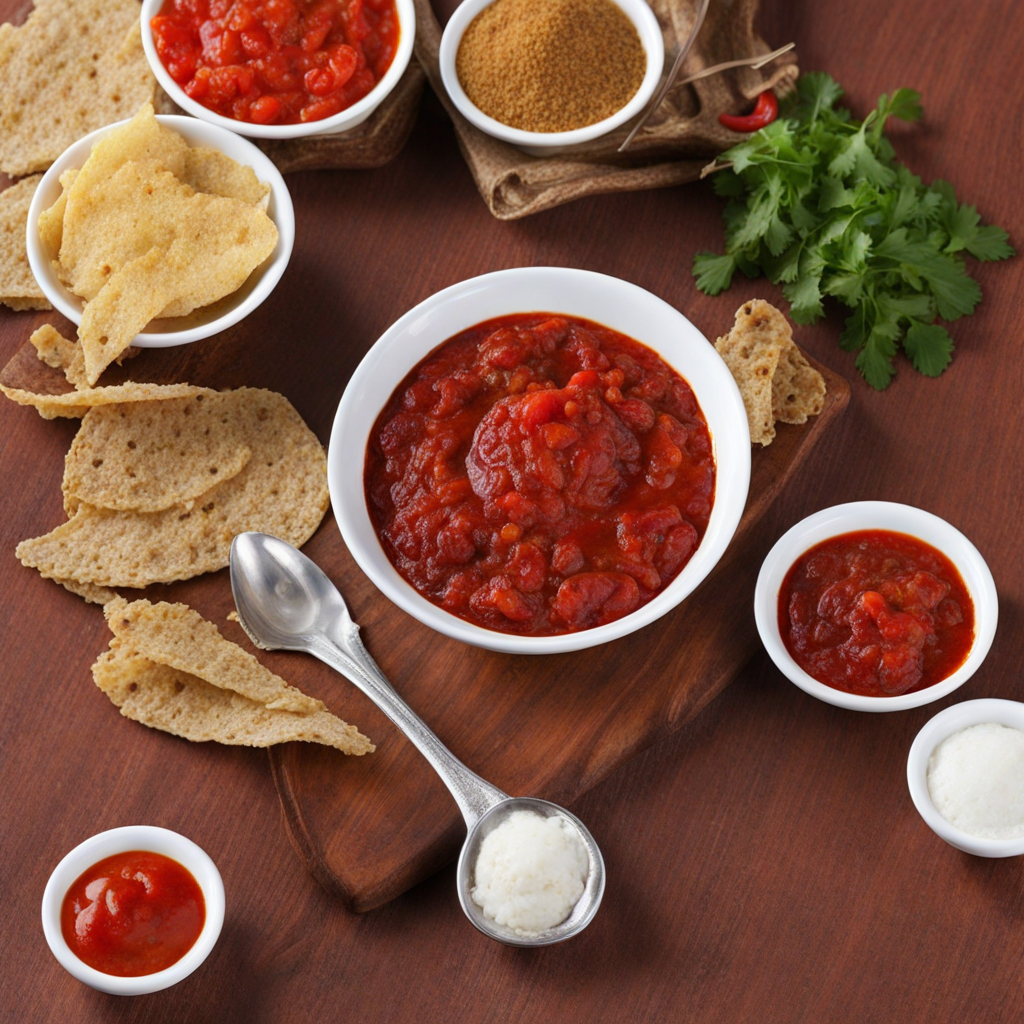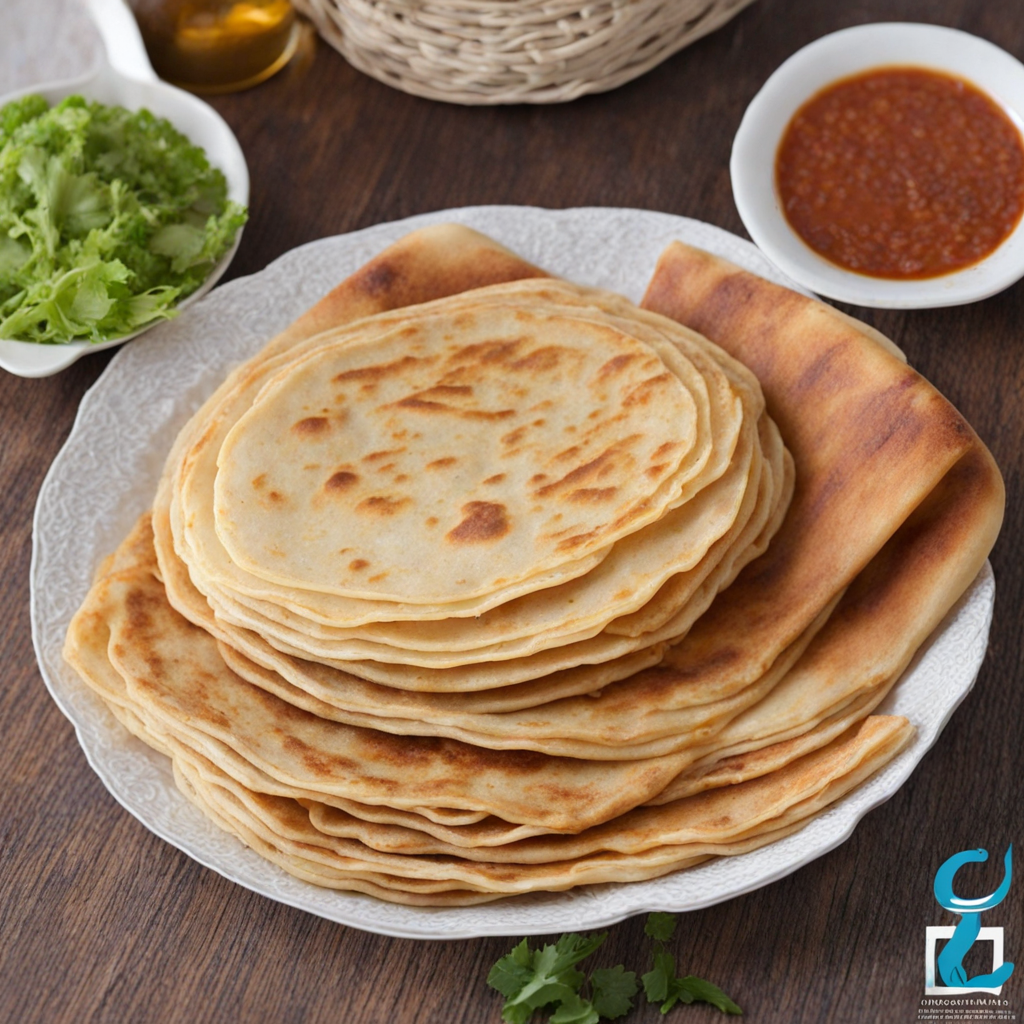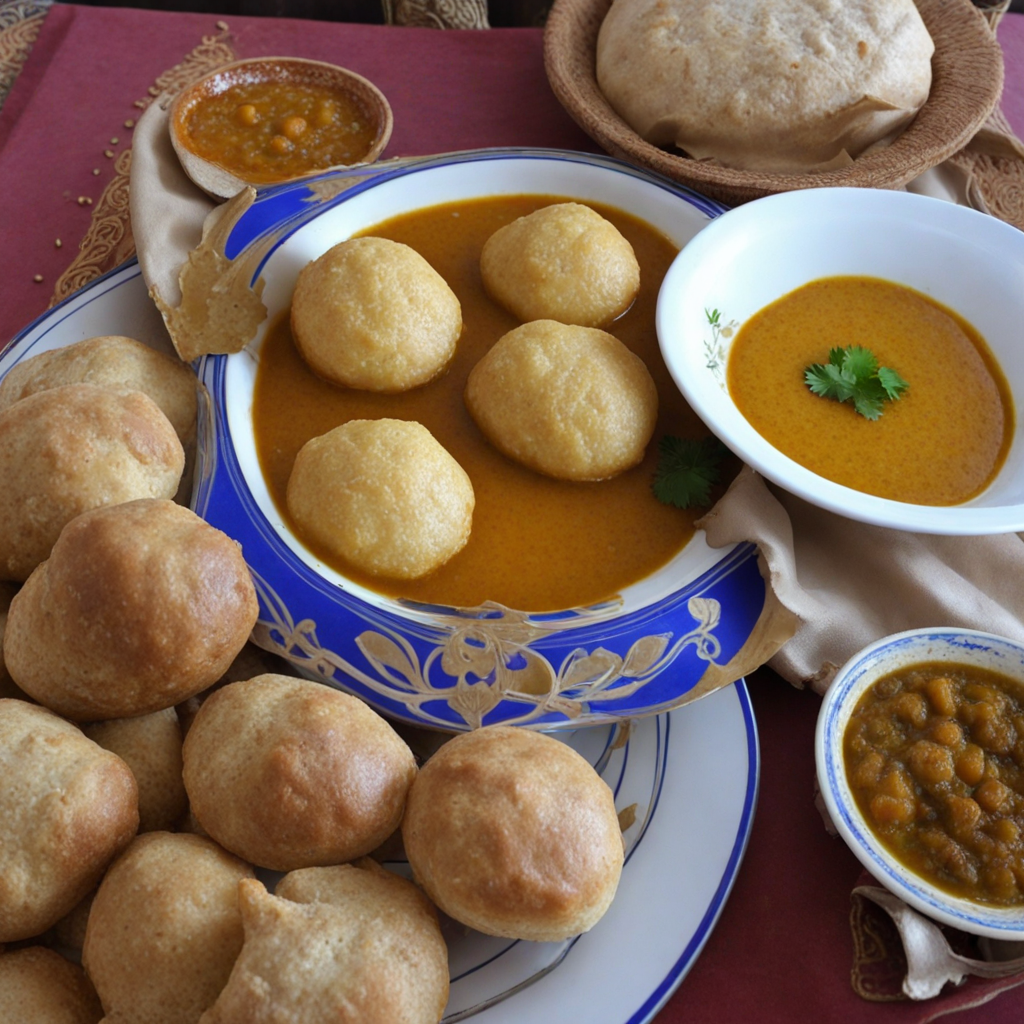Kalintii
Kalintii is a delightful Somali dish that embodies the rich flavors and vibrant culture of Somalia. This savory meal typically consists of a type of pasta or dough that is lightly steamed and then filled with a variety of ingredients, including spiced meats, vegetables, and aromatic herbs. The dough is crafted to be soft and pliable, allowing for a satisfying bite that contrasts beautifully with the hearty fillings. The spices used in Kalintii are essential to its character, often including cumin, coriander, and a hint of chili, which together create a warm and inviting flavor profile that satisfies the palate. The preparation of Kalintii is a labor of love, often enjoyed during family gatherings and special occasions. The process begins with the careful mixing of flour and water to create the dough, which is then rolled out and cut into circles. The filling, made from seasoned meat or vegetables, is placed in the center before the dough is expertly folded and sealed. This meticulous technique not only preserves the delectable contents but also enhances the overall texture of the dish. Once cooked, Kalintii is typically served with a side of tangy sauce or a fresh salad, which adds a refreshing contrast to the rich flavors. Kalintii is more than just a meal; it’s a celebration of community and tradition. Each bite offers a taste of Somali heritage, inviting eaters to experience the warmth and hospitality that is characteristic of Somali culture. Whether enjoyed at a festive gathering or as a comforting home-cooked dish, Kalintii promises a unique culinary adventure that highlights the beauty of Somali cuisine, making it a must-try for anyone looking to explore new tastes.
How It Became This Dish
The History of Kalinti: A Culinary Gem of Somalia Origins and Early History Kalinti is a traditional Somali dish that showcases the rich cultural tapestry and diverse culinary influences of the Somali people. Its origins can be traced back to the coastal regions of Somalia, where trade routes flourished and various cultures intermingled. The dish is primarily made from flour, water, and sometimes sugar, which are combined to create a dough. This dough is then deep-fried, resulting in a crispy, golden-brown exterior, while the inside remains soft and chewy. Historically, the components of Kalinti reflect the agricultural practices and available resources of the region. The use of flour and sugar points to the early introduction of these ingredients through trade with neighboring regions and European colonizers. The influence of Arab traders, who visited the Somali coasts for centuries, is also evident. They brought with them culinary techniques and ingredients that enriched the local cuisine. Cultural Significance Kalinti holds a special place in Somali culture. It is not just a dish; it embodies the community’s social fabric and traditions. Often served during special occasions such as weddings, religious celebrations, and festivals, Kalinti is a symbol of hospitality and generosity. It is a dish that brings people together, fostering a sense of community and shared experience. In many Somali households, Kalinti is prepared during Ramadan, the holy month of fasting. Families gather to break their fast with this delicious treat, often accompanied by sweet tea or traditional Somali coffee, known as "buna." The act of sharing Kalinti during such significant occasions reinforces social bonds and highlights the importance of food in Somali culture as a means of connection and celebration. Development Over Time As the Somali diaspora spread across the globe due to various socio-political events, the preparation and consumption of Kalinti evolved. The traditional methods of making Kalinti have been adapted to suit the availability of ingredients in different countries. For instance, while the classic recipe uses simple ingredients, many diaspora communities have begun to incorporate new flavors and techniques, influenced by the culinary landscapes of their new homes. In the West, Kalinti has gained popularity among food enthusiasts and has been included in Somali restaurants and food festivals. The dish’s adaptability has led to creative variations, including fillings such as spiced meats or vegetables, catering to diverse palates while maintaining its traditional roots. This evolution speaks to the resilience and adaptability of Somali cuisine in the face of globalization and migration. The rise of social media has also played a crucial role in popularizing Kalinti. Somali culinary influencers and home cooks share recipes, cooking techniques, and personal stories associated with the dish, creating a sense of pride and cultural identity among the younger generation. This online presence has sparked interest beyond the Somali community, introducing Kalinti to a wider audience and encouraging culinary exploration. Modern Interpretations and Trends In contemporary times, Kalinti has not only retained its traditional essence but has also embraced modern culinary trends. Chefs and home cooks alike are experimenting with flavors and presentations, creating fusion dishes that incorporate elements from other cuisines. This has led to a resurgence of interest in Somali cuisine as a whole, with Kalinti often at the forefront. For example, some modern interpretations of Kalinti feature innovative fillings, such as spiced lentils, cheese, or even sweet fillings like chocolate or fruit preserves. These twists appeal to a diverse audience and reflect the evolving nature of food culture in a globalized world. Furthermore, there has been a growing emphasis on health-conscious cooking, leading to variations of Kalinti that use whole grain flours or alternative frying methods, such as baking or air frying. Conclusion Kalinti is more than just a dish; it is a testament to the resilience and adaptability of Somali culture throughout history. From its humble beginnings on the Somali coast to its emergence as a beloved dish among the diaspora, Kalinti tells a story of community, tradition, and evolution. As it continues to be celebrated in both traditional and modern contexts, it serves as a reminder of the rich culinary heritage of Somalia and its place in the global food landscape. The journey of Kalinti reflects the broader narrative of Somali cuisine, characterized by its vibrant flavors, communal spirit, and ability to adapt while remaining rooted in tradition. As new generations of Somalis embrace their culinary heritage and share it with the world, Kalinti will undoubtedly remain a cherished symbol of their identity, culture, and history for years to come. Through this delicious dish, the Somali people continue to celebrate their past, connect with their present, and share their culture with the future.
You may like
Discover local flavors from Somalia


